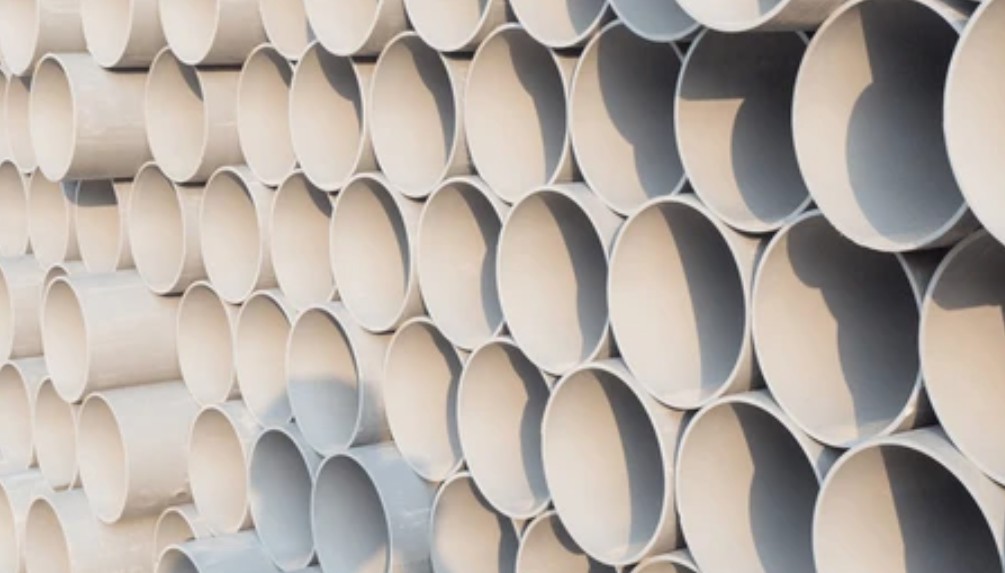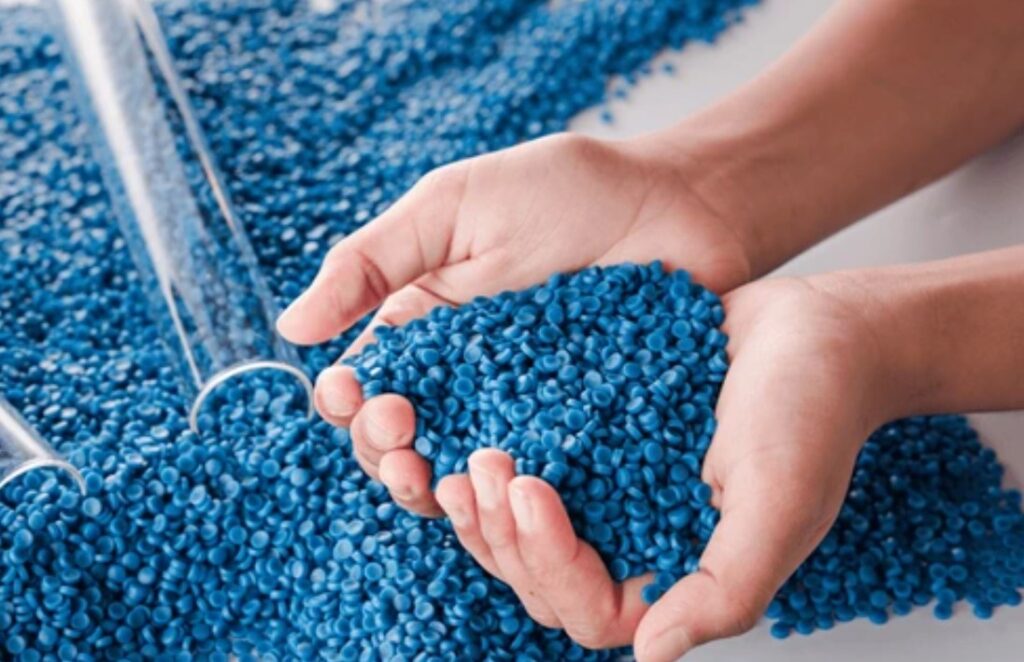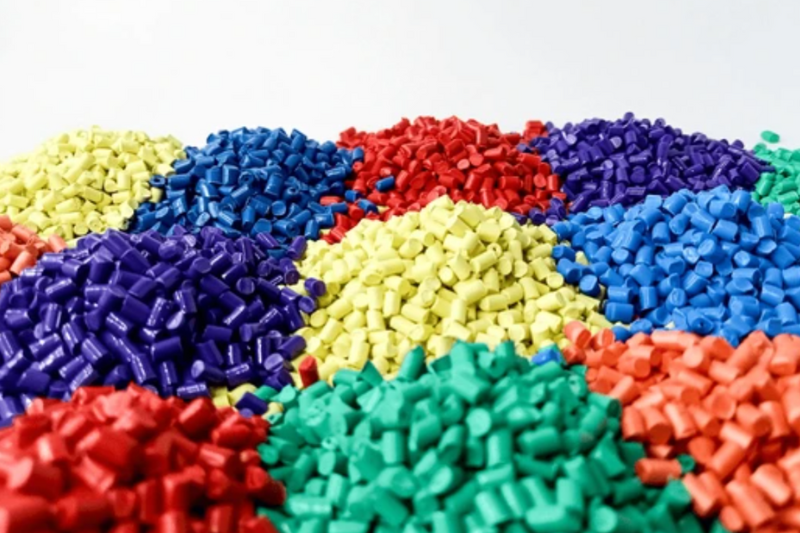What Materials Cannot Be Used In 3D Printing
3D printing has revolutionised the way industries produce prototypes, custom parts, and even end-use products. However, not all materials are compatible with 3D printing technologies. Choosing the wrong material can result in poor print quality, equipment damage, or complete print failure.
In this guide, we explain what materials cannot be used in 3D printing, why they fail, and what alternatives exist for industries in Singapore seeking high-precision fabrication.
What Materials Cannot Be 3D Printed?
Although 3D printing is versatile, many materials are still unsuitable due to physical, chemical, or safety limitations. Below are the key categories of materials that cannot be 3D printed effectively:
Metals with Extremely High Melting Points
- Tungsten, tantalum, molybdenum – These refractory metals have melting points above 3,000°C, far beyond the range of most commercial 3D printers.
- Problem: Current 3D printers cannot sustain stable temperatures needed to melt and fuse these metals.
- Alternative, for high-strength metal parts, cnc machining and steel fabrication are more efficient.
Flammable or Reactive Metals
- Magnesium, lithium, and zinc alloys: These can ignite or react violently under high heat or when exposed to oxygen during the printing process.
- Problem: Safety risks make them impractical for additive manufacturing.
- Alternative, machining and aluminium sheet fabrication offer safe production methods.
Certain Plastics
- PVC (Polyvinyl Chloride): Releases toxic chlorine gas when melted.
- Polypropylene (PP): High shrinkage rate causes warping and poor adhesion.
- Polystyrene (PS): Brittle, weak, and prone to deformation.
- Problem: Health hazards and structural weaknesses limit usability.
- Alternative, for these materials, plastic injection molding is preferred in mass production.
Glass and Ceramics
- Standard glass and ceramic powders: While research is ongoing, most 3D printers cannot achieve the precise high temperatures and controlled cooling required.
- Problem: Cracking and inconsistent layer bonding are common.
- Alternative, traditional forming, casting, or machining are more reliable.
Composite and Fiber-Reinforced Materials
- Wood composites, carbon-fiber blends, fibreglass: Not all composites are designed for extrusion or sintering.
- Problem: Fibres can clog printer nozzles or fail to bond evenly, leading to weak prints.
- Alternative, hybrid processes combining 3D printing with sheet metal fabrication give better durability.
Biohazard or Toxic Materials
- Lead-based alloys, mercury compounds, certain medical-grade plastics: Unsafe to process in open-environment printers.
- Problem: Health and safety regulations prevent their use in consumer or industrial 3D printing.
- Alternative, medical-grade materials are usually manufactured via controlled metal fabrication or injection molding processes.
Unstable or Low-Strength Materials
Wax, foam, or brittle thermoplastics: Cannot maintain structural integrity during printing.
Problem: Parts collapse or fail during the printing process.
Alternative, for modelling purposes, resins (SLA) and nylon powders (SLS) are better options.

Why High-Temperature Metals Are Unprintable?
High-temperature metals are unprintable because most 3D printers cannot reach or maintain the extreme heat required to melt and process them safely.
Additional reasons include:
- Melting point limitations – Metals like tungsten and tantalum exceed 3,000 °C, far beyond standard printer capabilities.
- Cracking during cooling – Rapid solidification creates brittleness and warping.
- Oxidation risks – Reactive metals degrade when exposed to oxygen at high heat.
- Cost inefficiency – Specialised equipment needed makes printing uneconomical compared to CNC machining or traditional fabrication.

What Plastics Are Unsuitable for 3D Printing?
Plastics unsuitable for 3D printing are those that release toxic fumes, warp excessively, or fail to bond properly during the printing process.
The most common examples include:
- PVC (Polyvinyl Chloride): Produces dangerous chlorine gas when heated, damaging printers and harming health.
- Polypropylene (PP): High shrinkage causes parts to warp and detach from the print bed.
- Polystyrene (PS): Brittle and structurally weak, making it impractical for durable parts.
- Polycarbonate blends (low-grade): Require very high printing temperatures and often crack on cooling.
- Fluoropolymers (like PTFE/Teflon): Decompose under heat, releasing toxic fumes.
How Material Selection Depends on Printer Type?
Different 3D printers accept different materials:
- FDM printers – mainly PLA, ABS, PETG, and some composites.
- SLA printers – photosensitive resins (clear, tough, castable).
- SLS printers – nylon powders and composites.
- Metal printers (DMLS, SLM) – limited range of alloys.
For customers unsure which material to choose, our team provides 3D printing services in Singapore to guide you on the right material printer match.
Applications and Materials for Everyday 3D Printing
While not everything can be 3D printed, there is still a wide range of materials suitable for daily applications:
- PLA and ABS plastics – used in consumer prototypes and models.
- Resins (SLA) – for high-precision, smooth-surface parts.
- Nylon – strong and flexible, used in functional prototypes.
- Aluminium and stainless steel – available in industrial printers for high-strength parts.
For projects requiring surface precision and smooth finishes, choose SLA 3D Printing. For cost-efficient, durable prototypes and functional parts, opt for FDM 3D Printing.
Conclusion
Not all materials are suitable for 3D printing, but that doesn’t mean your project is limited. At The Monster Builder, we combine 3D Printing, CNC Machining, and Metal Fabrication to help clients in Singapore get the right solution for their custom parts.
Whether you need prototypes, replacement parts, or mass production, our experts will recommend the best process and material for your project. Contact us today!



